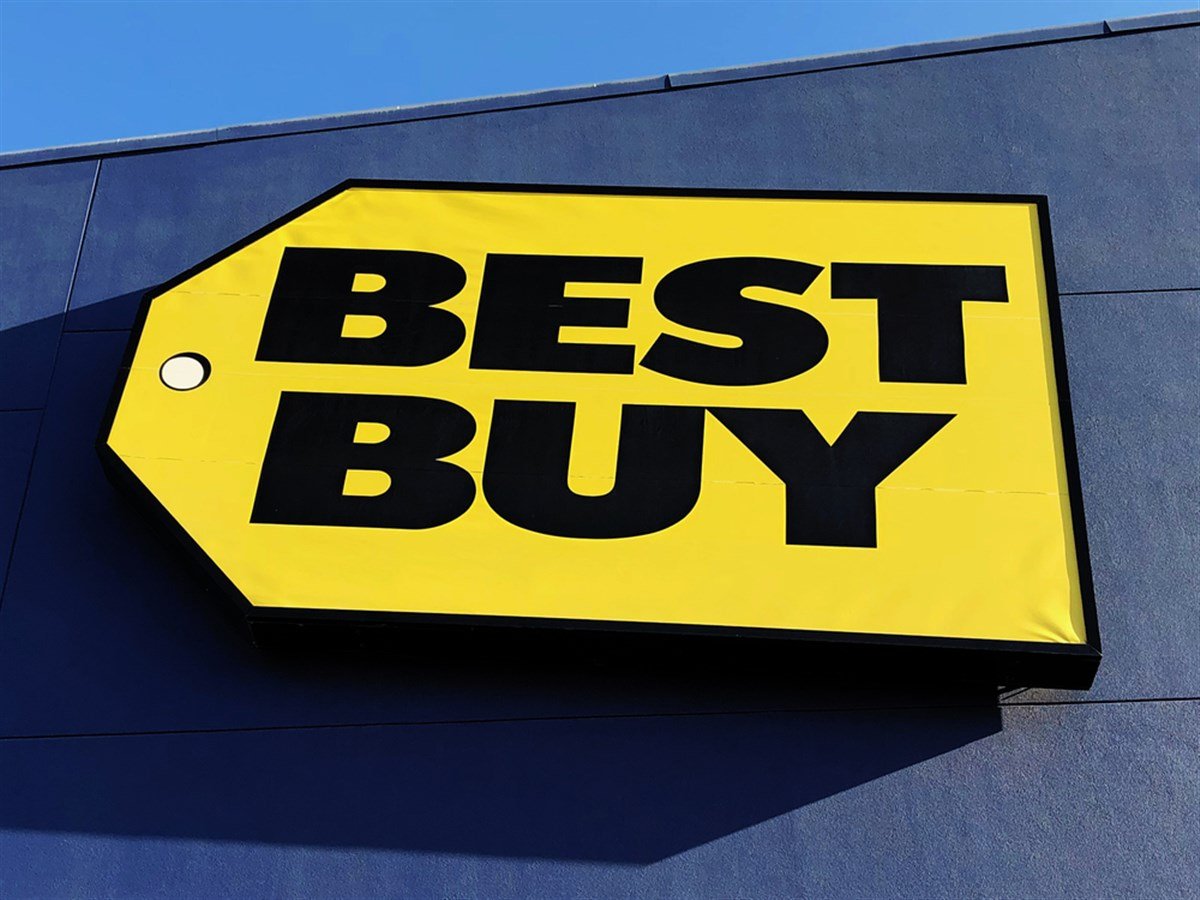
Do you know what the difference is between buying a ten-year government bond and Best Buy (NYSE: BBY)? Here's a hint: the ten-year is looking to pay you 4.0% in an annual yield today, while Best Buy is rolling out its annual dividend payments at 4.9%. Everyone knows what that extra bit of yield can do to your wealth if invested for a long enough timeframe.
Of course, the other difference is that investing in a government bond is relatively riskless. Hence, you need to be adequately compensated by taking on a little extra risk when buying a stock. With Best Buy, that extra compensation comes from price appreciation, and unless the market fundamentals have changed, stock prices move in relation to their earnings.
Today, you can take advantage of the gap that is forming between the Consumer Discretionary Select Sector SPDR Fund (NYSEARCA: XLY) and product-specific stocks like Best Buy, which, in this case, have been negatively affected by the slump in consumer electronics, a trend that is about to change in the coming months.
Comeback season
The world of consumer discretionary stocks is divided between several industries, which is why understanding the consumer electronics space can help you understand more of what's in store for Best Buy's future. Since the COVID-19 pandemic, a shortage in semiconductors and chips has made it nearly impossible to keep up with new orders in that space.
Best Buy needs to hold and store inventory physically, unlike Amazon.com (NASDAQ: AMZN) and eBay (NASDAQ: EBAY), which aren't affected by changing inventory values as they only act as the middle man. Changing inventory values have recently taken a chunk out of Best Buy's profits, but that's changing soon.
You see, taking the comments from top executives in the computer and electronic products industry can give you a good idea of what is going on as far as supply and demand trends or any issues if they are still persistent today.
Within the ISM Manufacturing PMI report for the month of December, comments have been overall positive, laying out the prediction that demand is about to surge in the coming month's thanks to the FED turning dovish and proposing up to six rate cuts in 2024.
With increased activity and demand comes expanding earnings, and with expanding earnings come higher stock prices, but is Best Buy in the queue to receive its share of this expansion? Here's how to tell.
Down to business
Zooming to Best Buy's latest quarterly results, Corie Barry, the company's CEO, matches the sentiment other top executives laid out in the PMI reports. "Today we are reporting better-than-expected profitability..." you can take this as a sign of the times, as inventories and supply chain situations are improving significantly.
Now that the trends are becoming more apparent across the market, and with potential interest rate cuts coming this year, some analysts are looking at Best Buy as a potential winner to receive some of the rewards that will come in this new money shift in economic policy.
Analysts at Jefferies Financial Group (NYSE: JEF) are one of the first to jump head-on for this trend, as they have raised their price targets for Best Buy from $69.0 a share up to $89.0 a share, which is not only a bump of 28.9% but also an implied upside of 17.4% from where the stock is trading today.
Because management also knows this trend is growing within the business, they are more than comfortable laying out $201 million in dividends for shareholders for a 4.9% yield to make it clear the comeback is being built soon. More than that, $112 million has been allocated to buying back stock in the past quarter.
Buying back stock can come as a decision from two dynamics. First, management believes that the stock, as it trades today, is undervalued and worth buying back. Second, management expects the stock price to move higher soon, and who better to know than insiders themselves?
Do you know who else is finding value in Best Buy Stock? Invesco (NYSE: IVZ), the company's second-largest shareholder, has upped its stake by 8.7% in November. Perhaps the trends will catch up quicker than the market expects. Still, even if it doesn't, a competitive dividend could be enough to justify a potential investment.







